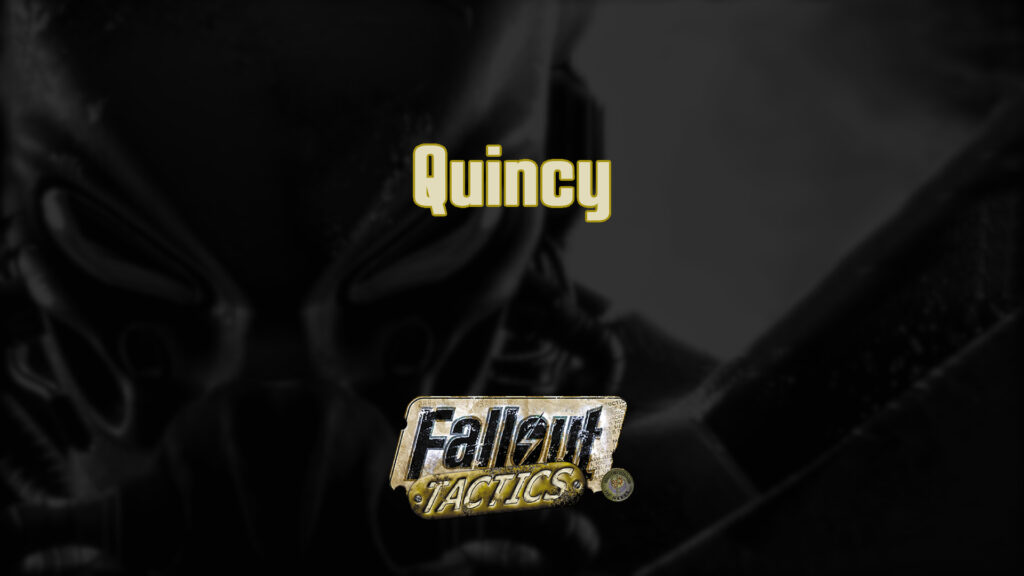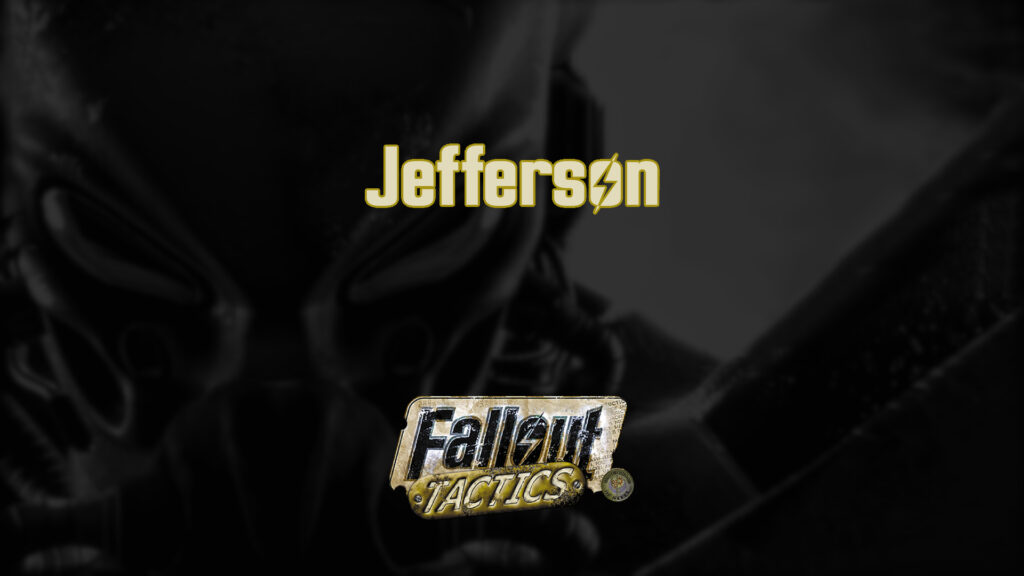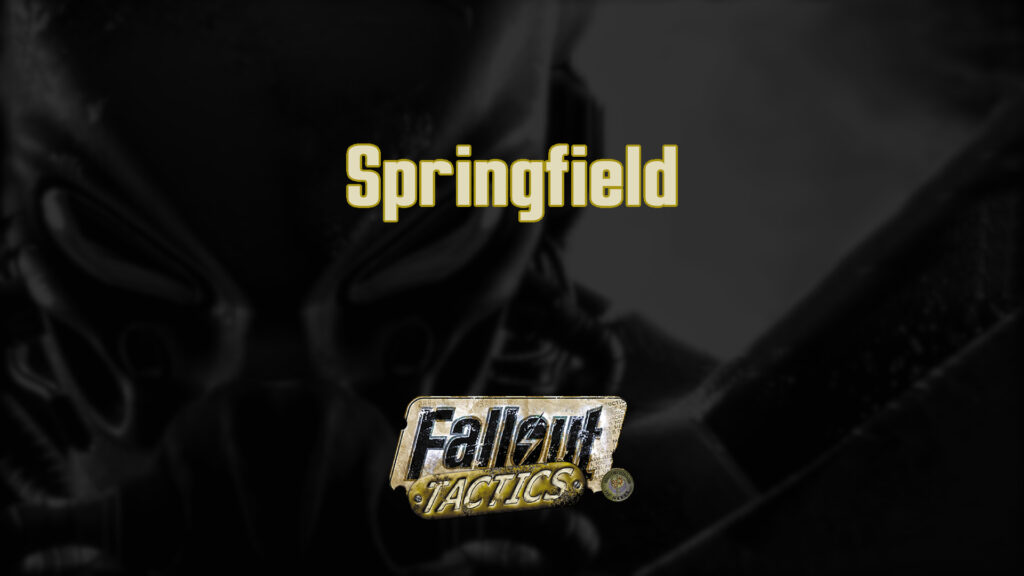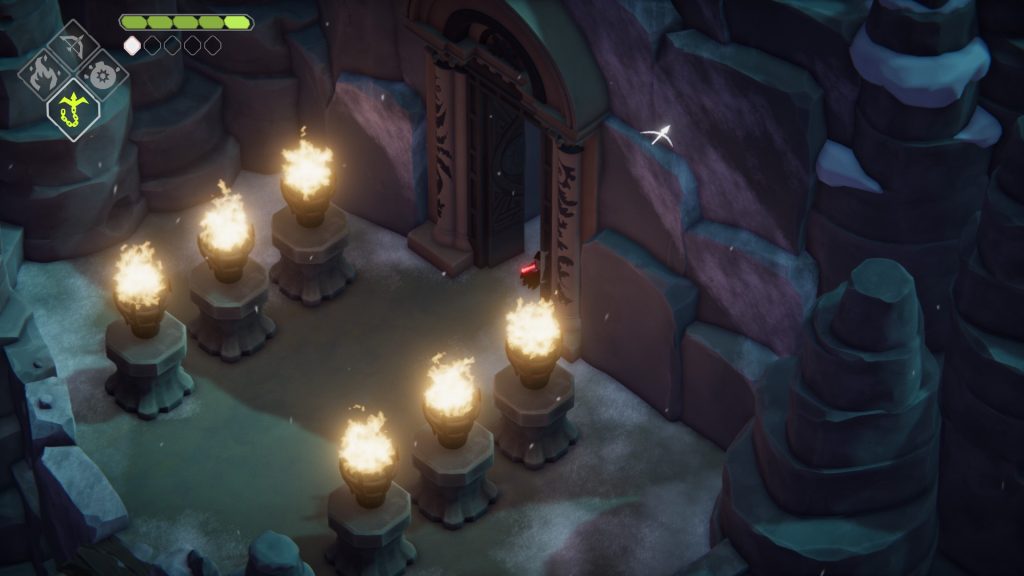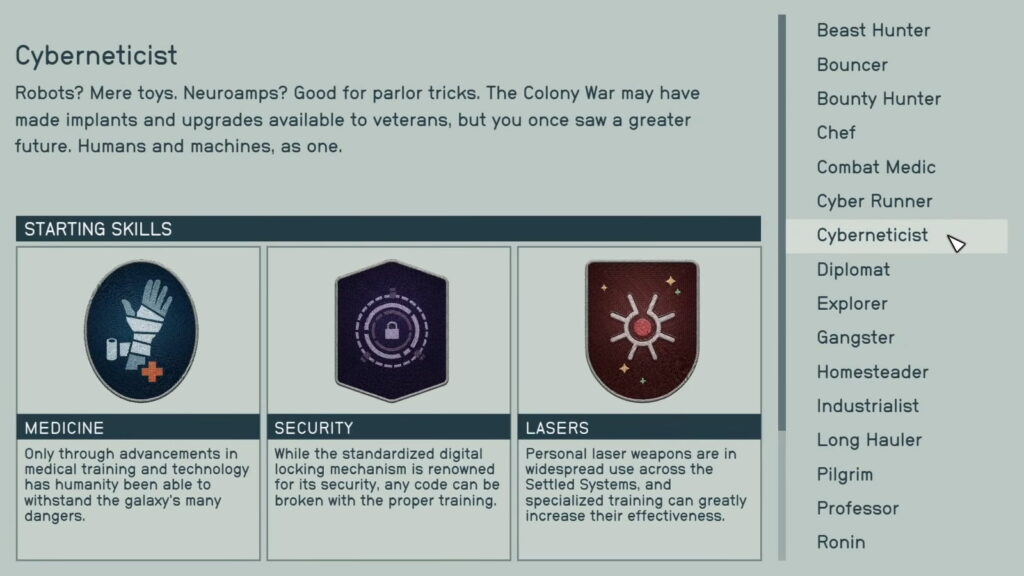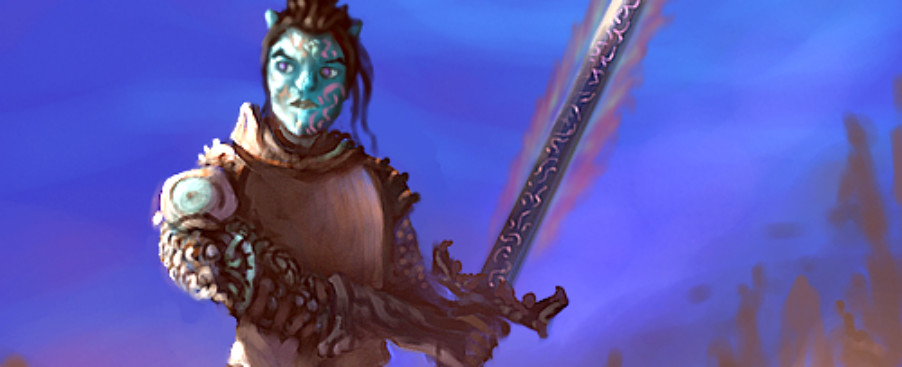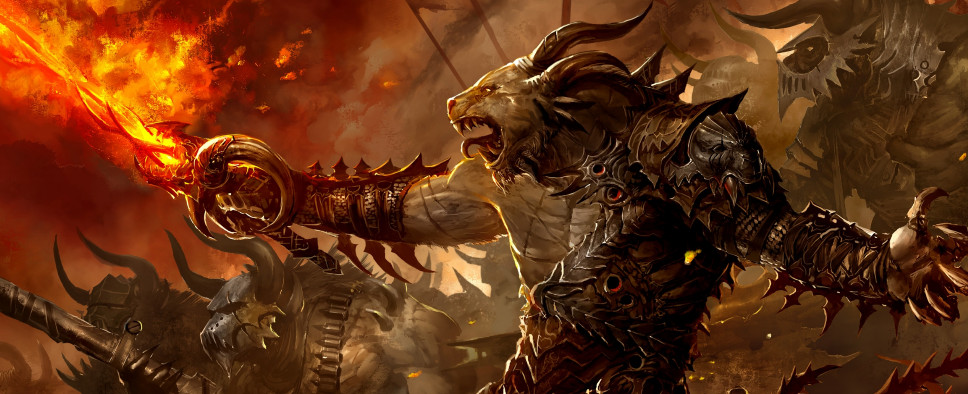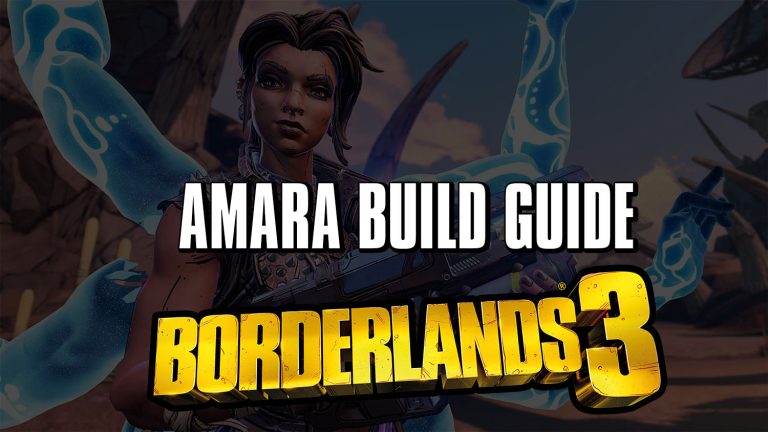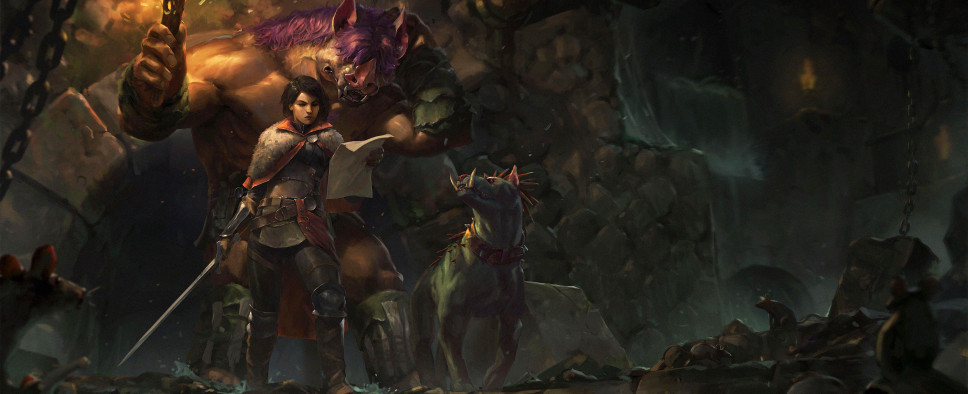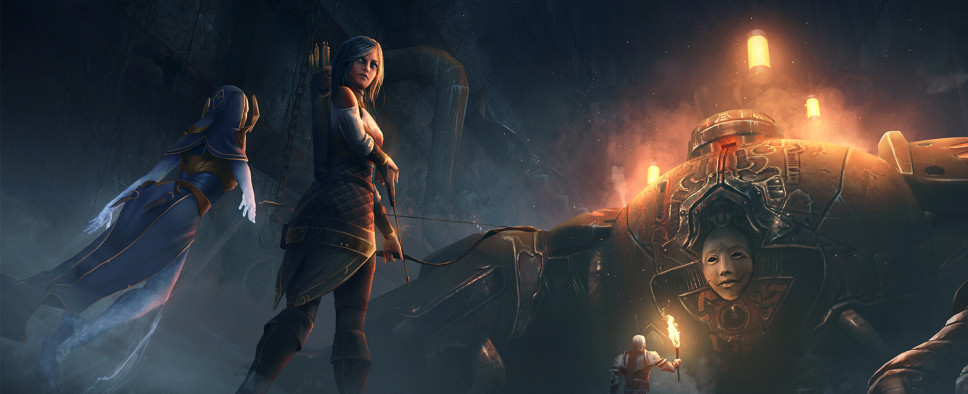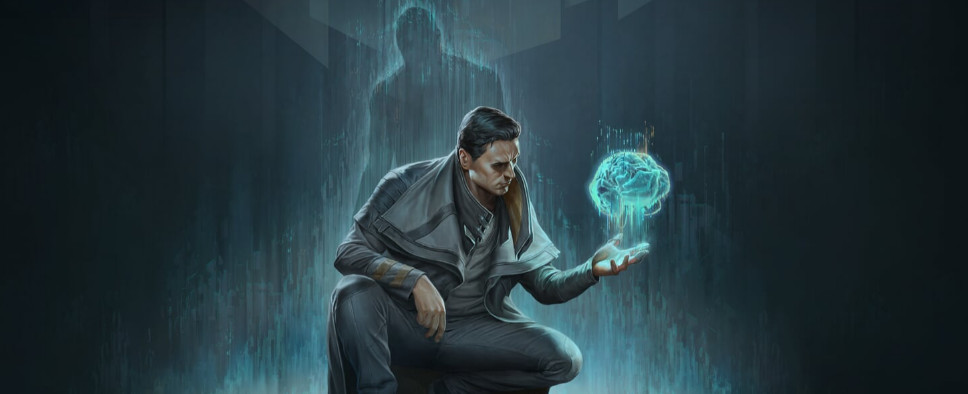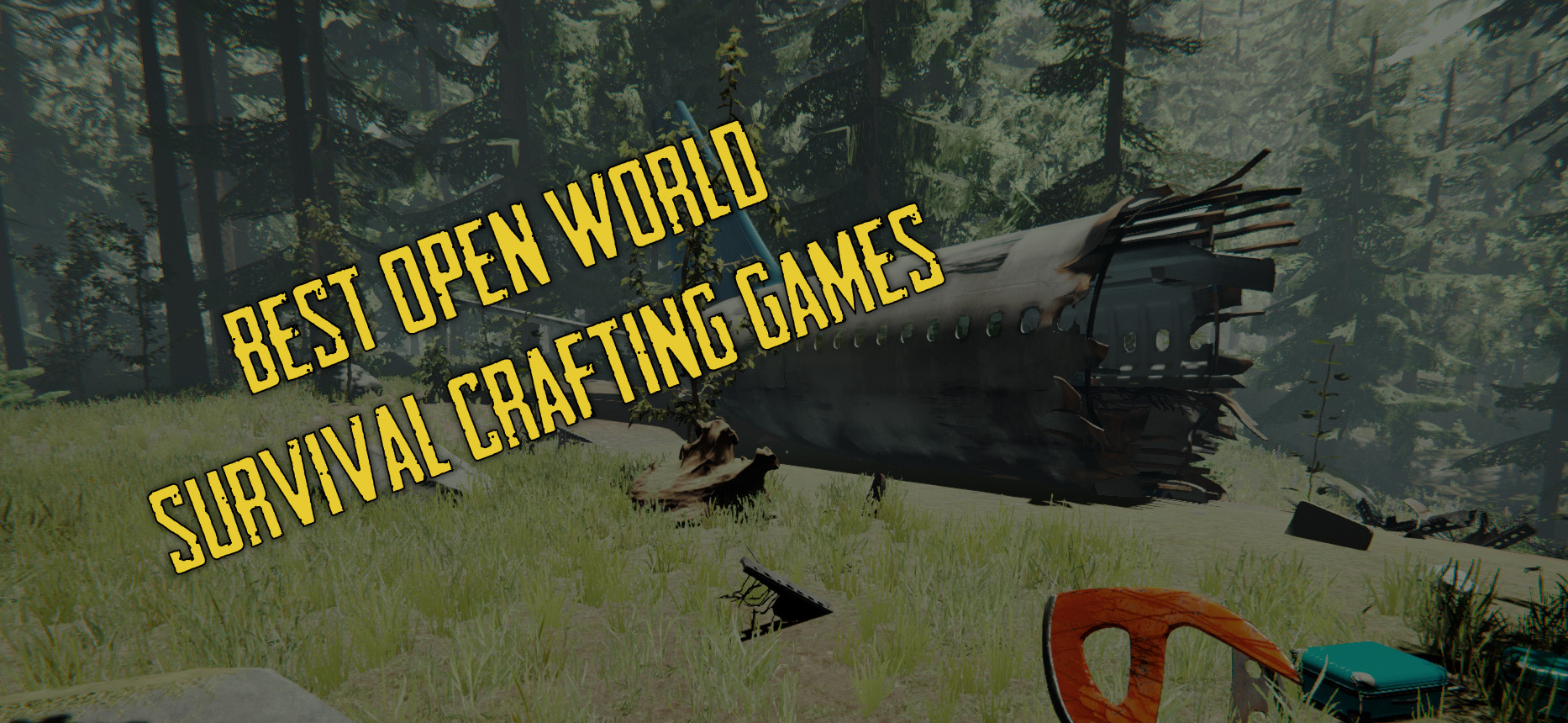Introduction
Developed by 6 Eyes Studio, Fell Seal: Arbiter’s Mark is described by its developers as a turn-based tactical RPG with a focus on storytelling and strategic battles. What this actually means becomes obvious the moment you see the game, as it wears its inspirations on its sleeve. Fell Seal is positioned as a spiritual successor to such games like Final Fantasy: Tactics and Tactics Ogre, which were essentially the Japanese counterpart to Jagged Alliance and X-Com back in the day.
Now, I think I should mention here that when I tried playing them, the console-centric approach of the above-mentioned Japanese games felt incredibly limited and even constricting to me. It’s safe to say I wasn’t a big fan. But seeing how the western branch of the genre stagnated over the years and was eventually streamlined into something barely recognizable, I was open to giving its main competitor another shot with Fell Seal.
Story and Gameplay
The basic premise of Fell Seal is extremely simple. Basically, it’s a JRPG without any of the boring parts. So, forget about endless grinding, annoying random encounters, a combat system where your characters do squats on the edge of the screen while you tinker with some menus, or a vast open world with no road signs but one very specific place you have to go to advance the story.
In Fell Seal, you get a reasonably short dialogue-filled cutscene, then you get a hand-crafted turn-based combat encounter where your characters do battle on an isometric battlefield. When that’s done, you get to upgrade your squad and repeat this loop. Apart from that, you also have occasional bonus story events and the so-called patrols.
While all the story missions are represented by a node on the game’s overworld map, after completing them, you can revisit those locations and fight some random monsters there. You do this mostly to level up some extra squad members, advance the game time while your main guys recover from injuries, or to get some loot you missed your first time through that particular map.
The game’s story is also very much of the JRPG variety, which means you don’t get to control it in any way. You’re just a passive observer, watching it gradually unfold through a series of brief dialogue boxes.
Fortunately, the game wasn’t actually made in Japan, so its levels of over the top melodrama, teen angst, and spiky hair are relatively manageable. At its core, it’s your run of the mill fantasy tale of an ancient evil returning, schemers of all shapes running wild, and some chosen individuals rising to the occasion.
The story does feature some side quests and even a fairly well-hidden sequence of things you have to do in order to get an alternative ending, but it seems to have no idea when it should end and by the very end, manages to mostly fall apart.
However, the actual moment to moment writing possesses a certain quality that makes things pretty engaging and fun. I guess it’s just very earnest in what it’s trying to do, and I can definitely appreciate that.
As you might imagine, a game like this supplies you with some pre-made characters that are all thankfully pretty good at what they do. However, you can also expand your character roster with a number of mercenaries. You can freely customize these mercs and if that’s your thing, Fell Seal features a pretty robust character editor for an isometric game.
As your squad grows in size, it can actually become fairly unwieldy to individually upgrade all your units and supply them with appropriate gear after every battle. To help you with that, the game has a button that automatically optimizes equipped items, but as far as I’m concerned, using it is admitting defeat. Why even play the game if you don’t actively engage with its systems? I just wish that it had a better UI, one that wasn’t created with a controller in mind.
Rushing slightly ahead, I want to say that overall, I had a lot of fun playing Fell Seal, but all of that fun happened mostly despite the game’s horrendous controls and unwieldy UI. Whether you’re using a keyboard and mouse or a controller, by the time you’re done with the game, chances are you’ll be feeling mighty frustrated by its controls.
Controlling a game where you have over a dozen characters, as well as robust class, skill and crafting systems, without context-sensitive mouse controls is a huge pain. For example, in order to unequip a piece of gear, you have to mouse over it, and then press T. And don’t even get me started on all the right-clicking you will be doing just to back out of seemingly endless menus and sub-menus.
The exact sequence of actions to get free control over the combat camera and then inspect individual enemies, their current status effects, and their abilities is so arcane, it’s probably tucked away into some distant corner of the Necronomicon.
Maybe this is my lack of experience with games of this kind talking and for someone who’s been playing them since the 90s all of this feels perfectly natural, but to me, wrestling with the game’s controls oftentimes felt like trying to juggle with one hand tied behind my back.
Combat and Character Building
Now that you’ve been warned about Fell Seal’s controls, let’s finally get to the game’s main attraction - its tactical combat. First of all, I want you to temper your expectations. You know how in something like Jagged Alliance you have these huge open maps with lots of cover, line of sight blockers, and multistoried buildings? And how you can split your squad and attack these maps from multiple angles in order to pin your enemies down and put them in a disadvantageous position?
Yeah, forget about that. In Fell Seal, an average battle arena size lies somewhere between one and two full screens, and you can only deploy your squad in a couple of pre-determined positions. On the flip side, these arenas are extremely dense. Verticality is very important as well. All your characters have a jump stat that decides how quickly you can traverse any given map. On top of that, skills also have a height stat, so you have to consider not only how far your target is, but also the height difference between the two of you.
If I had to describe Fell Seal’s combat system in as little words as possible, I would compare it to a less elegant but more varied Into the Breach.
And in general, this particular take on the tactics genre still feels less feature-rich than its western-styled counterparts. You don’t have anything like attacks of opportunity, few things apart from some debuffs affect accuracy in any way, ranged units don’t have any penalty while fighting in melee, and in general your toolset is more limited.
But at the same time, what Fell Seal does, it does really well. Both your characters and your enemies are fairly fragile, which puts you in constant danger of overextending and forces you to carefully consider your moves at all time. Your enemies have access to the same tools as you do, and generally have better positions at the start, leading to some tense moments.
More often than not, both you and your enemies need a few rounds to get enough mana to unleash the more devastating abilities. This creates this dynamic of a careful dance, where early on you poke and probe at one another, trying to get the upper hand before going all in. You add to that some optional objectives, like chests with rare loot hidden off the beaten path, that force you to divert some resources away from fighting, and consider that each of the game’s arenas was carefully designed around some central idea, and you’ve got yourself a neat little exercise in tactics.
Due to the game’s smaller arena size, battles generally don’t overstay their welcome, which greatly helps with Fell Seal’s pacing. Instead of one more turn, you want to play one more fight, and before you know it, it’s 2 a.m.
The game’s consumables should also be mentioned. A lot of people these days seem to struggle with the so-called too good to use syndrome where they just hoard all their consumables thinking they’ll need them later, and then end up never using them. To help people like that, Fell Seal makes its consumables per-encounter. So, if you drink all your potions and throw all your rocks in a single fight, you’ll get them back for the next one. In fact, there’s even a class primarily focused on using consumables and making them stronger.
The overall difficulty level of the game is up to you. Fell Seal does this thing where you have some difficulty presets, and then you can manually customize them to your liking, which is pretty great. The default Veteran setting starts off extremely easy, but after a few fights kicks things up a notch, forcing you to put at least some thought into creating a functional party.
This last part brings us to my absolute favorite thing about Fell Seal - its character building system. The game has a total of 20 basic classes that range from Knights and Rangers to Peddlers and Plague Doctors, some special classes for story characters, and a number of secret classes you can unlock by finding or crafting special badges.
Each class has a unique skill tree consisting of a combination of active skills, passives, and counters. The first two are self-explanatory. Counters are triggered automatically when the character takes damage or reaches a critically low level of HP.
You unlock new classes by reaching certain levels in their prerequisite classes. This creates this intricate weave of unlocks that can be a bit overwhelming early on. But once it clicks, it becomes very satisfying to experiment with.
You see, each character can freely switch between available classes. This determines their stat progression and their gear options. But apart from their main class that gets experience, you can also designate a secondary class and have access to its active skills during combat. You also get two extra passive skill slots where you can mix and match passive skills from all of your unlocked classes. This leads to a staggering level of potential customization, and I’m all for it.
What you should also consider here, is that in order to unlock new classes, oftentimes you will have to go through multiple intermediate steps, in the process greatly limiting the combat efficiency of your characters. This puts you in a position where you have to weigh your desire to unlock a new class against having a party that’s actually good at doing damage. I really enjoy when games do this, and would honestly recommend Fell Seal for its character-building system alone.
On the other hand, the game also does this thing where at some points it takes your story characters away from you. I don’t think anyone enjoys that, and have no idea how that even got in.
And this leads us to the part of the review where I tend to list my miscellaneous gripes with the game.
While the combat is generally fun, the absolute majority of battles simply asks you to defeat all enemies. I would’ve preferred way more variety in objectives.
The game also has quite a few stats, but you don’t really get to interact with them. As your characters get levels, their stats grow without any involvement on your part, which makes having them in the first place kind of pointless. Why even give me stats if I can’t manually raise them?
There are also elemental resistances and numerous status effects that due to the game’s poor UI, most of the time you have no idea what they are and what they do. In order to learn more about them you can read the in-game Help Compendium or use a tooltip system that’s not exactly user friendly.
And finally, one last thing I want to mention here is the fact that after a while the game tends to descend into a bit of a feast or famine type situation. Veterans of multiple battles, your top dogs are living the life, throwing enemies around like nobody’s business. But due to how fragile most underleveled characters are, your B-team, and the weaker spellcasters for that matter, tend to fall over if a light breeze blows in their general direction. This makes it so you keep using your main squad while neglecting the rest of your team, dreading the next time the game decides to send one of them away on some story-related sabbatical, which thankfully doesn’t happen all that often.
Technical Information
Inspired by console games, Fell Seal’s options menu tries to pretend it’s a proper options menu, but it’s not fooling anyone. Raising or lowering the game’s volume feels akin to playing a piano. The graphics menu offers half a dozen options, none of which deal with the game’s graphical fidelity in any way. At least you can rebind keys and speed up combat animations.
Despite the limited options, the game’s visuals are vibrant and I would go as far as to say charming. The soundtrack is also quite enjoyable. At the same time, sound effects are pretty weak and fail to convey the crunchiness of blows and all the supposedly awe-inspiring swooshing of magic.
The save system is perfectly adequate - you have manual saves with multiple save slots and autosaves before battles.
During my playthrough, the game ran well, never crashed, and loaded pretty much instantaneously.
Those of you who enjoy New Game+ modes, should be happy to learn that Fell Seal has one, meaning you can replay the game while using your high-level and well-equipped squad.
Conclusion
It’s safe to say that Fell Seal: Arbiter’s Mark is a game outside of my usual wheelhouse. I was coming into it with little expectations and no nostalgia goggles.
Despite that, after coming to terms with the game’s subpar controls, I had a lot of fun with it and would recommend it to anyone interested in turn-based RPGs based on its character-building system, fun bite-sized tactical battles, and pleasant visuals.
